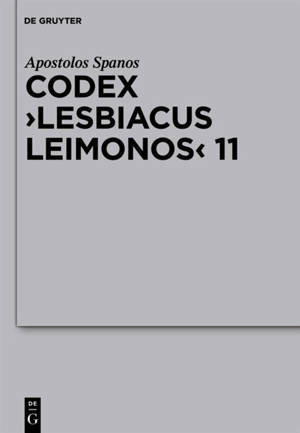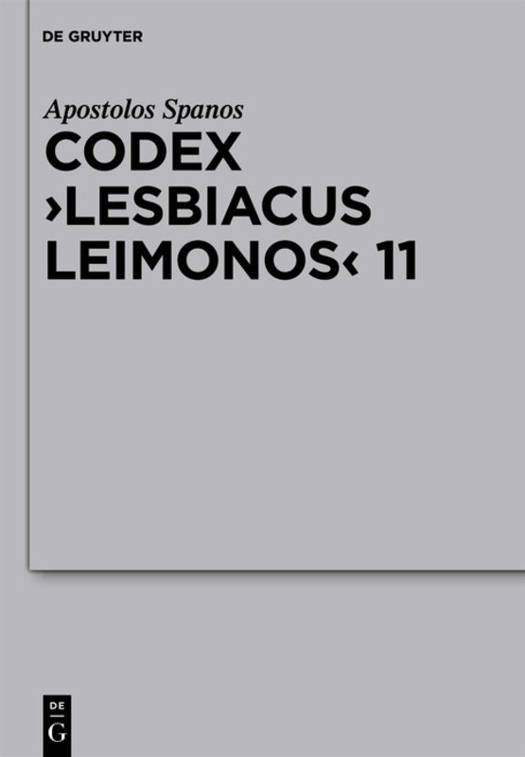
Je cadeautjes zeker op tijd in huis hebben voor de feestdagen? Kom langs in onze winkels en vind het perfecte geschenk!
- Afhalen na 1 uur in een winkel met voorraad
- Gratis thuislevering in België vanaf € 30
- Ruim aanbod met 7 miljoen producten
Je cadeautjes zeker op tijd in huis hebben voor de feestdagen? Kom langs in onze winkels en vind het perfecte geschenk!
- Afhalen na 1 uur in een winkel met voorraad
- Gratis thuislevering in België vanaf € 30
- Ruim aanbod met 7 miljoen producten
Zoeken
€ 328,45
+ 656 punten
Omschrijving
The book is an annotated critical edition of an unpublished collection of hymnographical texts, preserved in the eleventh-century Greek manuscript 11 of the library of Leimonos monastery, Lesbos, Greece. This important codex is a Menaion for June comprising thirty akolouthiai on saints; nineteen of them are hitherto unpublished. The edition of the texts is accompanied by an introduction, a liturgical, palaeographical, and hymnographical commentary, appendices of unpublished hymns preserved in manuscripts other than Lesbiacus Leimonos 11, and indices. The introduction examines codex Lesbiacus Leimonos 11 and its importance from a liturgical, hymnographical, and palaeographical perspective. It is divided into four chapters. The first presents the liturgical environment of the period from the ninth century, when most of the texts edited were composed, to the eleventh, when the production of the codex could be placed, and the liturgical books used in the period, the structure of the akolouthiai and the festal calendar of the Byzantine church. The second chapter deals with the content of the texts edited. Chapter Three presents briefly the life and the hymnographical work of the authors of the texts. The last chapter of the introduction is devoted to the manuscript tradition of the texts.
Specificaties
Betrokkenen
- Auteur(s):
- Uitgeverij:
Inhoud
- Aantal bladzijden:
- 481
- Taal:
- Duits
- Reeks:
- Reeksnummer:
- nr. 23
Eigenschappen
- Productcode (EAN):
- 9783110221299
- Verschijningsdatum:
- 16/07/2010
- Uitvoering:
- Hardcover
- Formaat:
- Genaaid
- Afmetingen:
- 170 mm x 244 mm
- Gewicht:
- 979 g

Alleen bij Standaard Boekhandel
+ 656 punten op je klantenkaart van Standaard Boekhandel
Beoordelingen
We publiceren alleen reviews die voldoen aan de voorwaarden voor reviews. Bekijk onze voorwaarden voor reviews.









